Which Of The Following Statements About Public Relations Is Correct
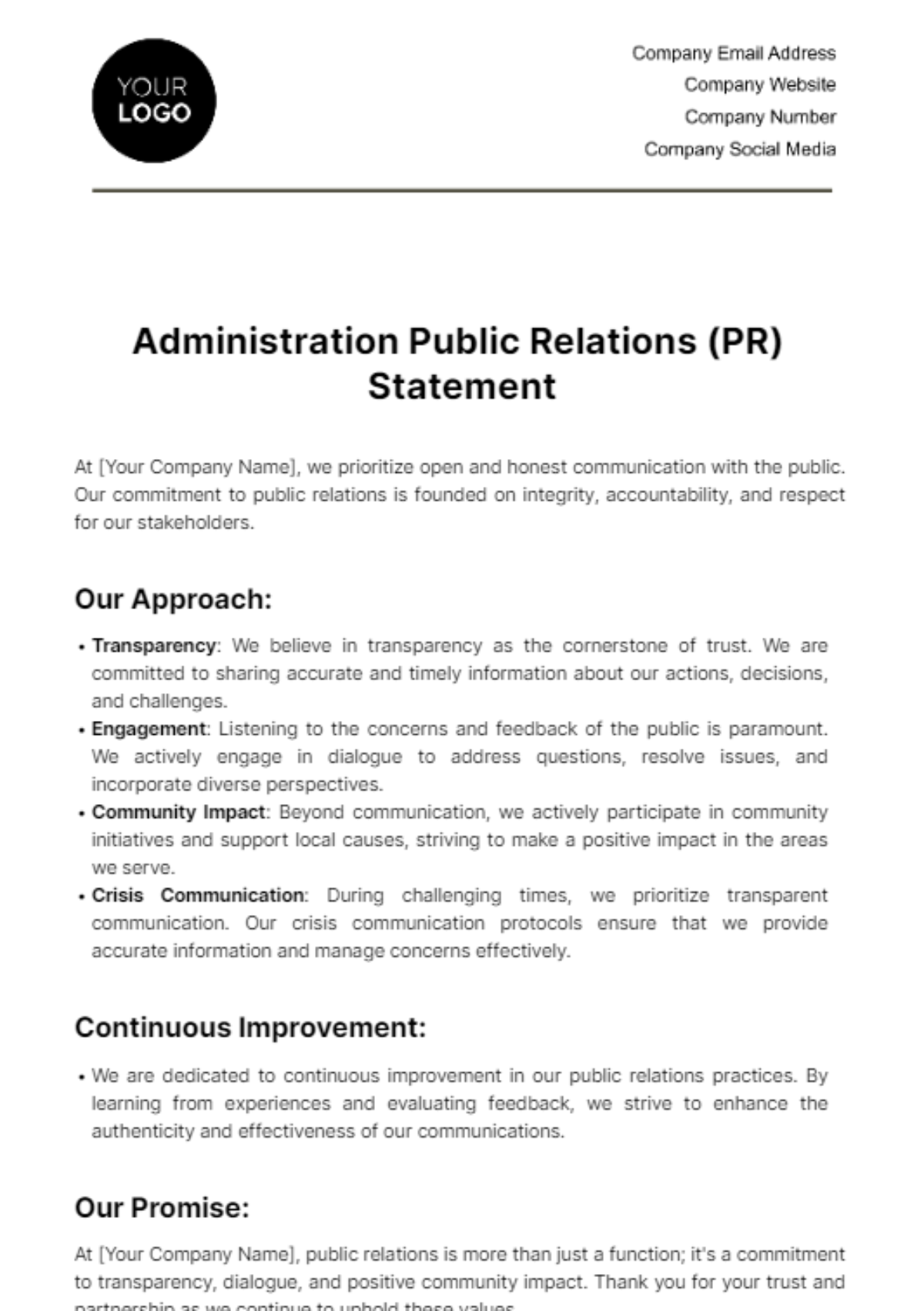
The field of public relations (PR) is often misunderstood, conflated with marketing or advertising, or viewed with a degree of skepticism. But what exactly *is* PR, and what are its core principles and practices? The answer, it turns out, is multifaceted and depends on how one defines the profession and the context in which it operates.
Understanding the nuances of public relations is crucial for businesses, non-profits, government agencies, and individuals who seek to build and maintain positive relationships with their target audiences. The aim of this article is to explore common misconceptions about PR, and provide clarity on its true nature and objectives, based on insights from PR professionals and established industry definitions.
Defining Public Relations: More Than Just Spin
At its core, public relations is a strategic communication process that builds mutually beneficial relationships between organizations and their publics. This definition, adopted by the Public Relations Society of America (PRSA), highlights the emphasis on building trust and understanding, not just disseminating information.
Unlike advertising, which involves paid promotion, PR relies on earned media coverage and direct communication to shape public perception. This involves cultivating relationships with journalists, bloggers, and influencers, and creating compelling content that resonates with target audiences.
Common Misconceptions Debunked
One common misconception is that PR is simply about "spinning" a story or putting a positive gloss on negative news. While crisis communication is certainly a part of PR, it's only one aspect of the broader field.
Another misconception is that PR is all about media relations. Although securing media coverage is a key component, PR also encompasses a wide range of activities, including internal communications, community relations, investor relations, and government affairs.
It’s a discipline focused on establishing and maintaining a reputation. This is accomplished by understanding the wants, needs and values of various public audiences.
The Importance of Ethical Practice
Ethical considerations are paramount in public relations. PR professionals are bound by a code of ethics that emphasizes honesty, fairness, and transparency.
The PRSA's Code of Ethics, for example, includes provisions on protecting confidential information, avoiding conflicts of interest, and disclosing all relevant information to clients and the public. Failure to adhere to these ethical standards can damage an organization's reputation and erode public trust.
Ultimately, ethical PR is about building long-term relationships based on trust and mutual respect. This requires communicating honestly and transparently, even when dealing with difficult or sensitive issues.
PR's Impact on Society
Effective public relations plays a vital role in informing the public, shaping public opinion, and fostering constructive dialogue. It can also be used to promote social causes, raise awareness about important issues, and advocate for policy changes.
For example, non-profit organizations often rely on PR to raise awareness about their mission, attract donors, and mobilize volunteers. Businesses use PR to build brand loyalty, promote new products and services, and manage their corporate reputation.
During times of crisis, PR professionals play a critical role in communicating with the public, managing rumors, and mitigating damage to an organization's reputation. Accurate and timely communication can help to build trust, allay fears, and ensure that people have the information they need to make informed decisions.
"Public relations is a leadership and management function that helps achieve organizational objectives, define philosophy, and facilitate organizational change." - James E. Grunig, renowned PR scholar.
Evolving Landscape of Public Relations
The field of public relations is constantly evolving in response to changing media landscapes, technological advancements, and societal trends. Social media has transformed the way organizations communicate with their publics, creating new opportunities for engagement and dialogue.
Today's PR professionals need to be proficient in digital communication, content creation, data analytics, and social media management. They also need to be able to adapt to rapidly changing news cycles and respond effectively to online criticism.
Moreover, with the increasing emphasis on corporate social responsibility (CSR) and environmental, social, and governance (ESG) factors, PR professionals are playing a key role in helping organizations communicate their values, demonstrate their commitment to sustainability, and build trust with stakeholders.
Conclusion: A Vital Function for a Connected World
In a world where information travels quickly and reputations can be made or broken in an instant, effective public relations is more important than ever. By understanding the principles and practices of PR, organizations can build strong relationships with their stakeholders, shape public perception, and achieve their strategic goals.
Therefore, the correct statement about public relations is that it is a strategic communication process that builds mutually beneficial relationships between organizations and their publics. It's about much more than spin; it's about ethical communication, building trust, and creating a positive impact on society.



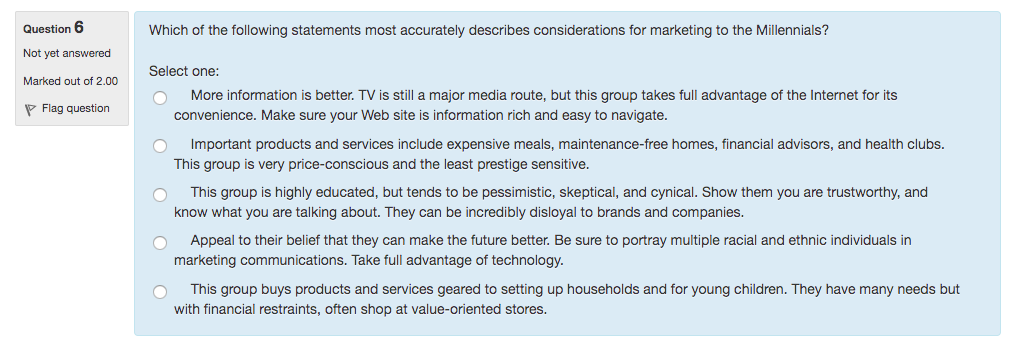
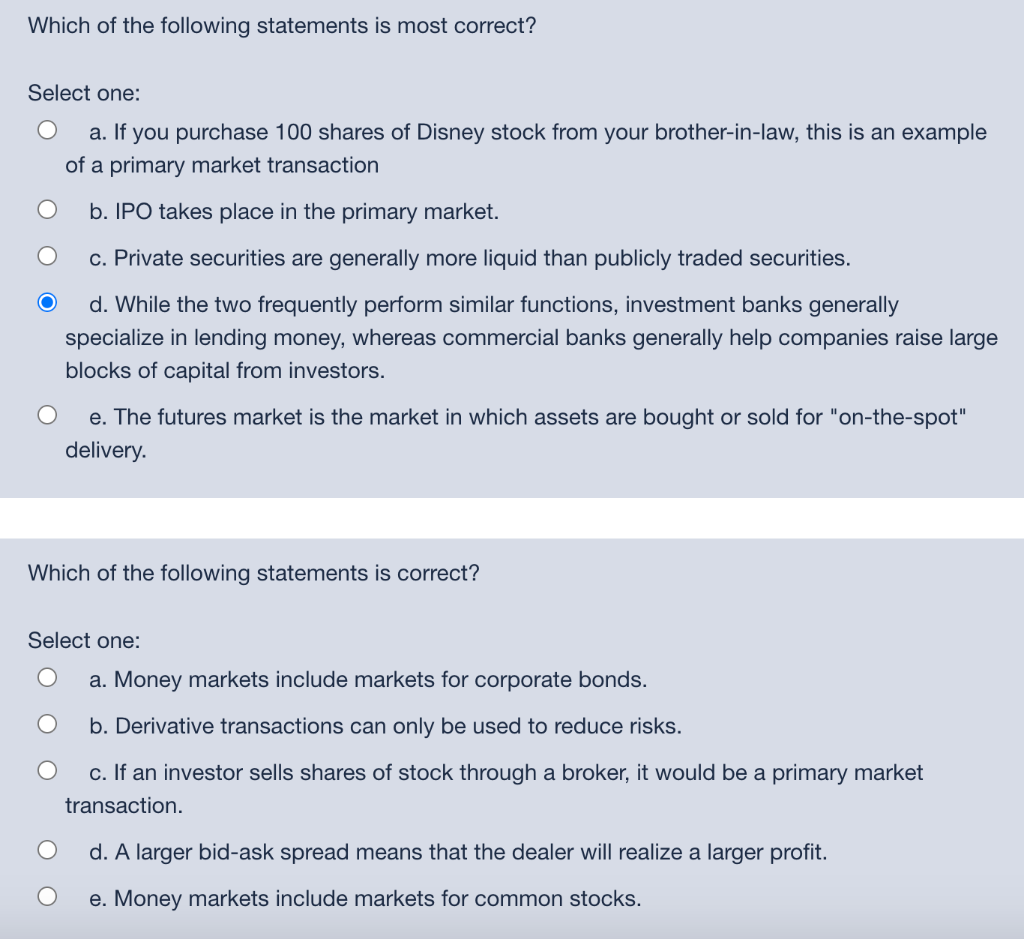

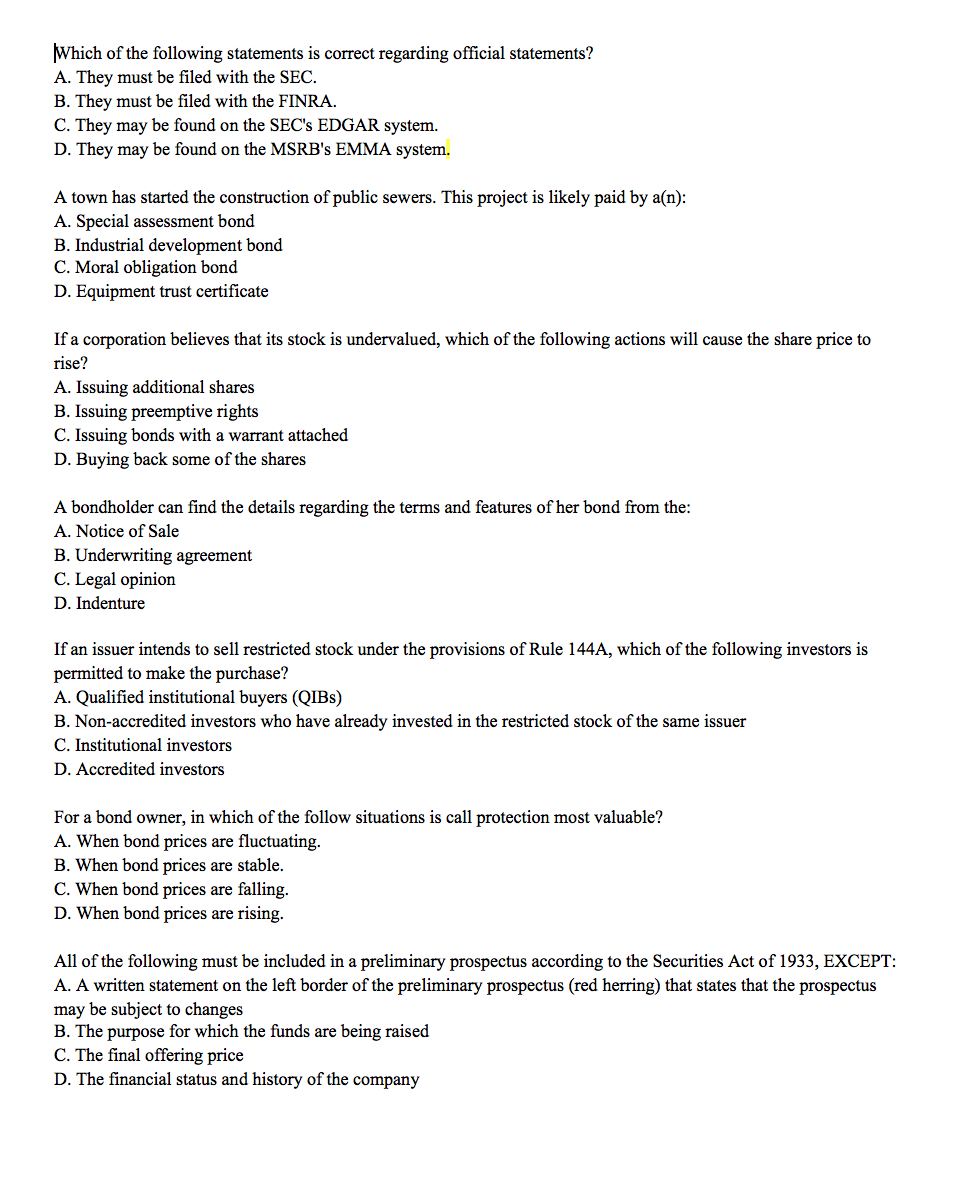

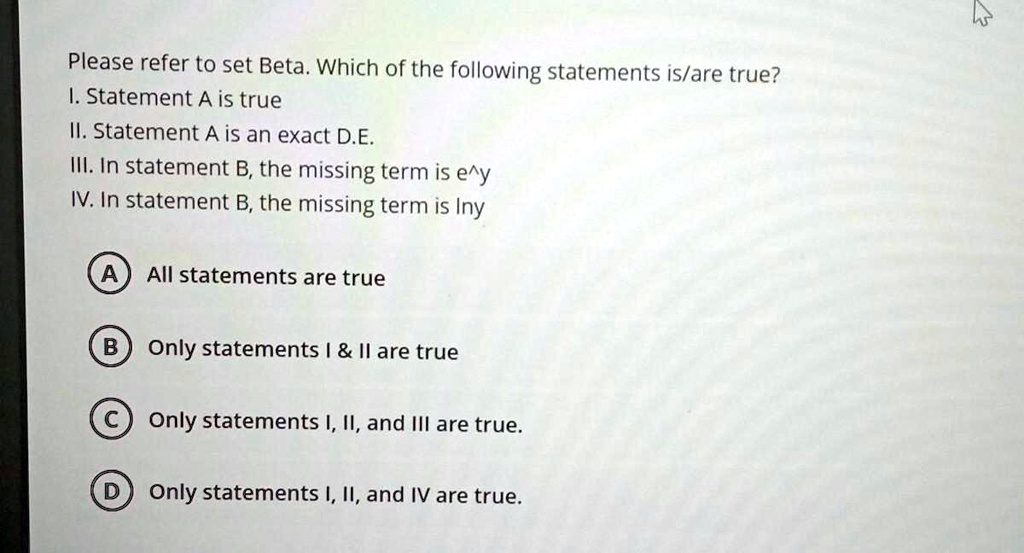



![Which Of The Following Statements About Public Relations Is Correct [FREE] Which of the following statements is true about private](https://media.brainly.com/image/rs:fill/w:750/q:75/plain/https://us-static.z-dn.net/files/d8a/f268d9e6d2513af7be4079a4d3bb3695.png)

